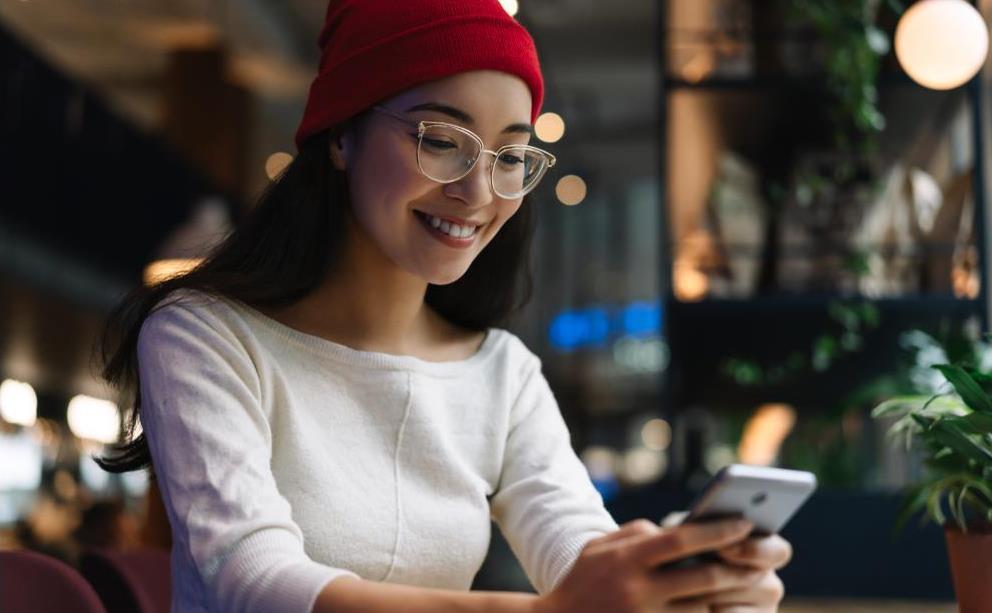Since the pandemic started, many arts organisations and individual artists have had to put a value to their work online. And the only answer we have so far: it’s different for everyone.
The financial implications of COVID-19 on individuals and households has had a flow-on effect, hitting ticket sales in the arts and the economy more broadly. Phase 1 of Patternmaker’s Audience Outlook Monitor stated 38% of past attendees are experiencing the financial impacts of the pandemic. This paired with the general caution and reluctance of audiences mid-pandemic means that the sector should prepare for an extended period of suppressed sales, Patternmaker’s reported.
According to the latest numbers on online engagement released by Patternmakers in July, 73% of audiences are experiencing art and culture online with 4 in 10 people preferring a livestream to a live attendance. However, only 36% have paid for an experience online.
At the same time, the report also suggested that it’s time to leverage the goodwill of our past attendees. While some people are in no position to donate let alone buy tickets, others are finding new opportunities to show their support.
As we continue to discuss how to engage audiences online it is also useful to rethink how we ask audiences to pay or contribute financially. The recent Melbourne Writers Festival (MWF), delivered entirely online in 2020 for the first time, changed their ticketing approach by introducing a ‘pay what you can afford’ model. This gave ticketholders the option to select different amounts, or even zero, if they were unable to afford to pay for their ticket. By the conclusion of MWF Digital 2020, 27,500 tickets were sold across 41 online events.
Patternmakers’ Tandi Palmer Williams presented audience research as part of the Recovery Roadmap Webinars.
MWF’s Associate Director Gene Smith said primarily it was about creating better access to the program for audiences. ‘We didn’t want any barriers for people. We wanted to ensure that in this really challenging time, especially for many people in our audience who are art sector workers, for example, that they could access the program if they wish,’ he said.
‘We had no idea what to expect going in. I mean, we were the first literary festival, the first festival similar to ours in this part of the world who was able to program their digital program from scratch essentially.’
Popular ticketed sessions included former Prime Minister Julia Gillard’s Women and Leadership event with 3200 tickets sold, as well as Anne Enright in Conversation, Mikki Kendall: Hood Feminism, Brit Bennett: The Vanishing Half, Finding the Heart of the Nation, The Fifth Estate: The Future of Socialism and Patrick Radden Keefe: Following the Evidence.
Read: Michaela McGuire announced as new AD for Melbourne Writers Festival
So how many of these ticketholders selected $0? Only 30%, which is perhaps lower than you would think but still significant enough for some organisations to find this model unsustainable to replicate. But other figures released by MWF show the goodwill of its audience grew and points to a strategy that considers both ticket prices and donations simultaneously.
Paired with the option to pay what you can afford, audiences were also able to select an additional donation to support the festival. Those in a position to pay not only bought tickets but also delivered a five-fold surge in donations compared to last year.
‘We were pleasantly and humbly surprised by just how generous our audiences were and our partners were,’ said Smith.
During the recent Australia Council webinar, What Audiences Want Online, Patternmakers Managing Director Tandi Palmer Williams discussed several examples of live video, including those that called for donations like Andrea Bocelli’s Music For Hope livestream, which has had 39 million views and raised over $250 million euros for the Andrea Bocelli Foundation, and a broadcast of Phantom of the Opera Full Stage Show that attracted 8.5 million views and raised funds for the NHS Charities COVID-19 Appeal.
Times, they are a-changing
Post-lockdown and once audience confidence returns, we will also be able to judge whether the context of COVID-19 and isolation will change audience behaviour in the long term. As Palmer Williams explained, so much of what we view online is determined by the time and place in which we view it.
Understandably, as we are now at home more than ever with digital devices in hand, our screentime has escalated and trends in digital behaviour prior to the pandemic have accelerated. Will we return to a preference for live performance? Or can we expect a consistent 73% of audiences to keep engaging online?
The general consensus is that yes, COVID-19 has introduced audiences to new opportunities for digital experiences at home as organisations have worked hard to deliver them.
For Smith, he feels that this challenging time has introduced a new digital familiarity in audiences and organisations that is here to stay.
‘I think it’s made both audiences and organisations more familiar with this mode of delivery. And I suspect that as we enter into whatever version of normal awaits us, you’ll see organisations invest in infrastructure and resources to better that experience for their audiences. So yes, I do think that through that people will be more willing to engage with online cultural experiences,’ he said.





